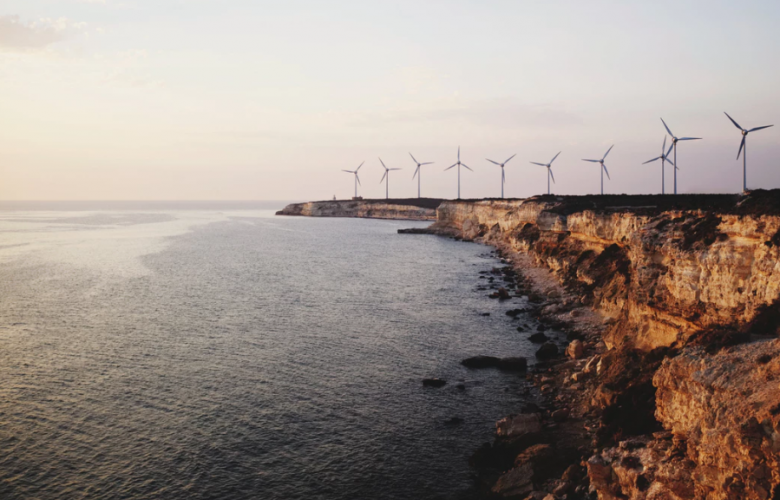Sustainability measures help hotel investors beat spiralling energy costs
Contact
Sustainability measures help hotel investors beat spiralling energy costs
Australia’s soaring energy costs are forcing a growing number of hotel owners and operators to look for new ways to drive efficiencies and protect their bottom line.
Australia’s soaring energy costs are forcing a growing number of hotel owners and operators to look for new ways to drive efficiencies and protect their bottom line.
Three of Australia’s biggest energy providers last year locked in price increases for electricity and gas, sparking a media and political storm over costs.
The move has seen some hotel bills increase by as much as 30 percent a year, forcing operators to look at collective purchase agreements, as well as implementing creative energy-saving initiatives such as installing electricity-generating lifts, and applying for sustainability grants.
Even though energy prices are forecast to increase by some 100 percent over the next three years, the industry on the whole has been slow to act, says Ross Beardsell, who is JLL’s Director of Business Development for PDS in Australia, and a former general manager of hotels.
Where the hotel operator does not own the building, they should work in partnership with investors to minimise the effect of spiralling energy prices on profits, he adds.
Ross Beardsell, JLL’s executive vice-president (strategic advisory)
“Hotels and building owners are continually reviewing the cost of energy, but working collaboratively is key to genuinely improving efficiency and profitability.
“Consumption can always be reduced first by streamlining operations, but capex requirements for plant and equipment with high energy usage such as air conditioning chillers, should be explored, as well as harnessing the energy purchasing power of the hotel brands to achieve the most competitive energy pricing in the market.”
There have been instances this year where hotel portfolio investors have been able to show “no increase in energy costs in a market with rising energy prices” as a result of hotel brands’ purchasing power, Beardsell adds.
Australasia leading globally
This year’s GRESB survey, which is a global sustainability benchmark that helps banks with their lending decisions, recorded the highest participation of real estate companies ever, with Australian and New Zealand property funds topping the rankings for the eighth successive year.
The survey results are a clear indication “the capital stack for green buildings is growing,” says Richard Fennell, Head of Property and Asset Management for JLL in Australia.
“Global sustainability mandates (Australia is a signatory to the Paris Agreement) cascade down into national legislation, and everyone gets pushed along with it. The implication for investors that don’t comply is that they simply won’t the attract capital, their building values will be impacted and they will unlikely achieve a return on their investments.”
Hotels a major energy consumer
Due to their 24-hour operations, hotels are one of the most energy intensive asset classes in the real estate market, with lifts, air conditioning and hot water usage exceeding that of other commercial buildings.
With the Australian Property Institute’s Building Better Returns report showing that Green Star-certified (a popular voluntary national environmental rating tool) buildings can reduce outgoings by 1.5 percent, increase rental values by 5 percent and sales values by 12 percent, there is additional onus on investors to act.
For those who have, creative sustainable energy strategies such as regenerative elevators (that generate electricity), and heat recovery chillers (that use waste heat to produce hot water), have been effective.
However, advances in technology and sustainability strategies, have not been widely utilised, says Ian McDonald, Energy and Sustainability Manager for NSW and Queensland, JLL.
“Unfortunately, proper asset planning around energy consumption is not the top priority for hotels, due in part to limited plant redundancy and equipment failure issues, and so like-for-like replacements are generally chosen and installed to ensure minimum down-time occurs.”
McDonald also highlights the opportunity for hotel operators to secure government grants which can cover the cost of feasibility assessments as well as contribute to the cost of equipment installation. There is currently a low take up of such incentives by the hotel sector, he says.
This article first appeared on JLL.
See also:
Australian luxury hotels up their game for Chinese tourists
Australian hotel sales total $1.8 billion in 2018 - Colliers International Report
Marriott International appoints five new General Managers across its growing portfolio in Australia








